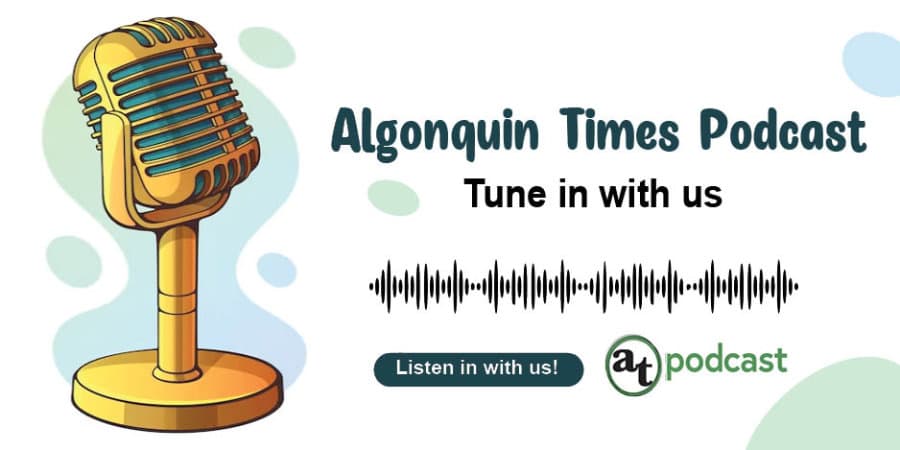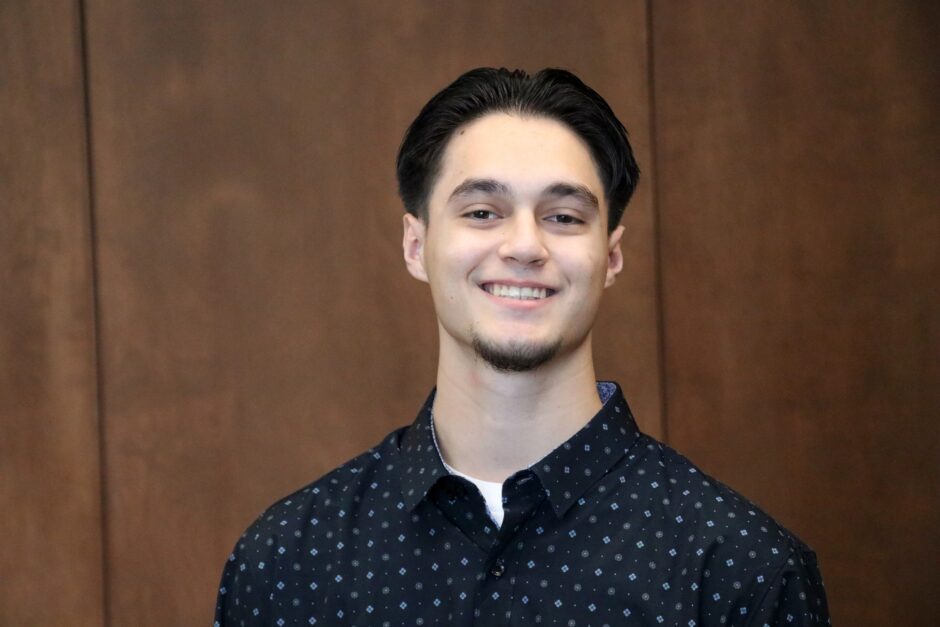Orthodontist in Peru, barista in Canada. Where are the bridge programs?

If you’ve been to an emergency room lately you know how long the wait can be. We put off taking care of ourselves in certain situations because we’re aware of the wait we face walking through those doors — there for hours, completely uncomfortable, in a cold waiting room.
The struggle to find a medical professional here in Canada is real. The pandemic has negatively impacted the intensity of the issue. Long wait times and doctor and nurse shortages have probably frustrated us all at some point over the past three years.
A few nights back, while volunteering on campus, I got to talk to a young lady from Peru.
Ximena Rodriguez, a certified orthodontist in Peru, came to Canada with high hopes for a new future and is working at a coffee shop as a barista while she pursues her degree in business at Algonquin College. How does this make sense?
Especially given that our Woodroffe campus has dental services, performed by dental students. The dental clinic always has a waiting list. In fact, I’ve been there myself.
This is in no way a criticism of our dental students and program. They are fantastic.
My point is, people who are willing to let a student stick a sharp instrument in their mouths to save money, are just as likely to trust Dr. Rodriguez from Peru.
I didn’t get a chance to hear her full story but none of this made very much sense, so I set off to learn what the qualifications and hurdles are for an international degree to be recognized in Canada.
According to health lawyer Tracey Tremayne-Lloyd in an article she wrote for the Medical Post, at least 3,500 Canadians go abroad to study in medical schools in the U.S., U.K., Ireland, Australia, New Zealand and Switzerland. Most would like to return to Canada, but to practise here, they must usually complete a two-year residency.
Currently, 13,000 foreign-trained physicians are living in Canada but are unable to practise medicine.
There are many hurdles to obtaining a license, such as getting the required 12 months of Canadian experience, which is challenging, as the longer one is not practising, the harder it becomes to be picked up for a residency position.
Another big hurdle is qualifying exams and the wait time involved with those.
In Canada, over 15 per cent of doctors are over age 65.
Eight out of 10 people I talked to don’t even have a family doctor.
According to the Government of Canada’s website: Regulated occupations require a licence or certificate to work in Canada.
- The
authority for most regulated occupations in Canada lies with provincial
and territorial governments. They often delegate this authority to
regulatory authorities in their jurisdiction. - Regulatory
authorities set the requirements to obtain certification or licensure as a
condition of employment.
Examples of regulated occupations include:
- Accountant
- Architect
- Carpenter
- Physician
- Electrician
- Nurse
- Teacher
- Welders
We need these professionals now more than ever.
Where are the bridge programs? One would presume with the need for medical professionals being what it is in Ontario, we could and should be offering space for this.
Why are we not bridging that gap in Ontario and in turn helping ourselves?
In January, the College of Physicians and Surgeons of Alberta announced a five-year pilot program to fast-track licensing for some international medical graduates.
The pilot condenses the assessment for newcomers with training that is comparable with a Canadian university education.
Some of these graduates are working in jobs elsewhere on the health system, filling roles like receptionists or technicians but others are working minimum wage jobs while supporting a family and trying to save up for required exams or training.
The path to getting certified to work here is not clear which is frustrating to willing, studious, hard-working people.
Some got completely discouraged, like Rodriguez.
My thoughts have drifted back to her several times since we met.
My hope for her is that she finds herself on the path to happiness again, and that these obstacles are leading to her life’s purpose.
Whatever that may be.








